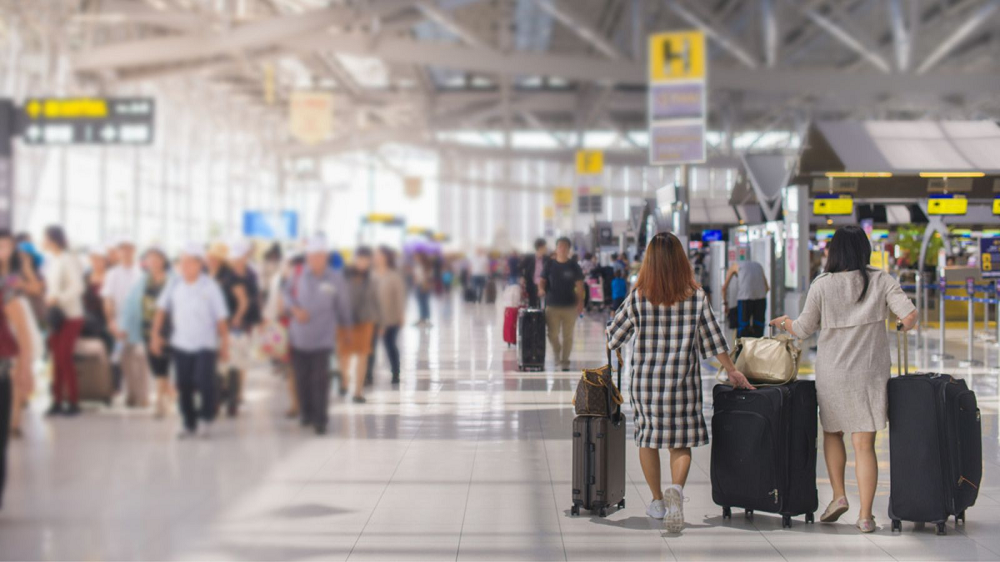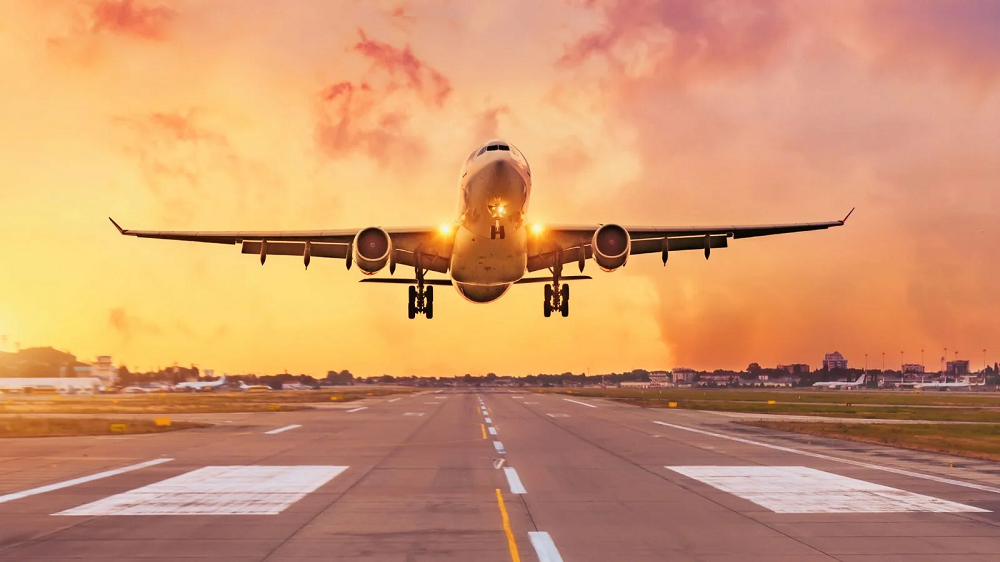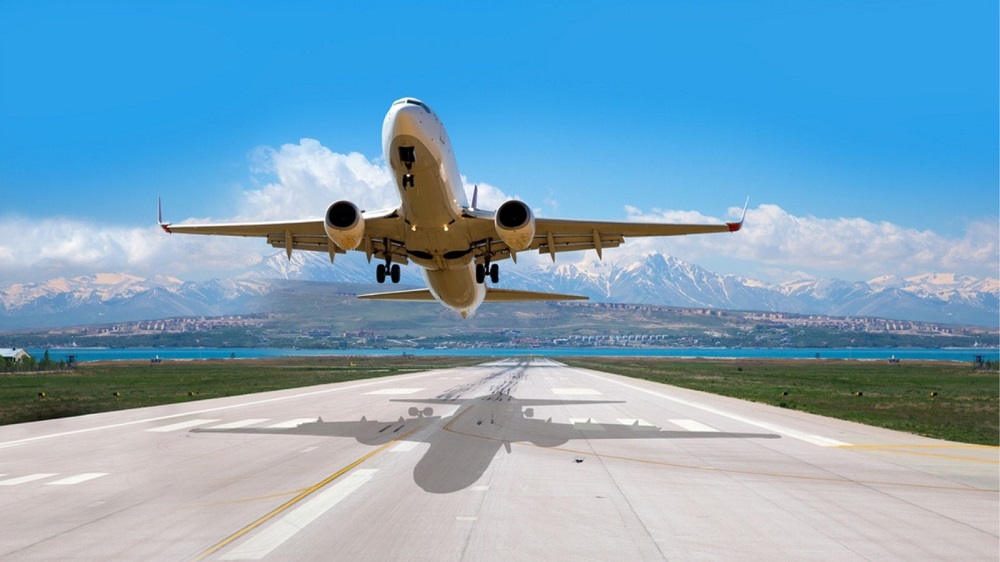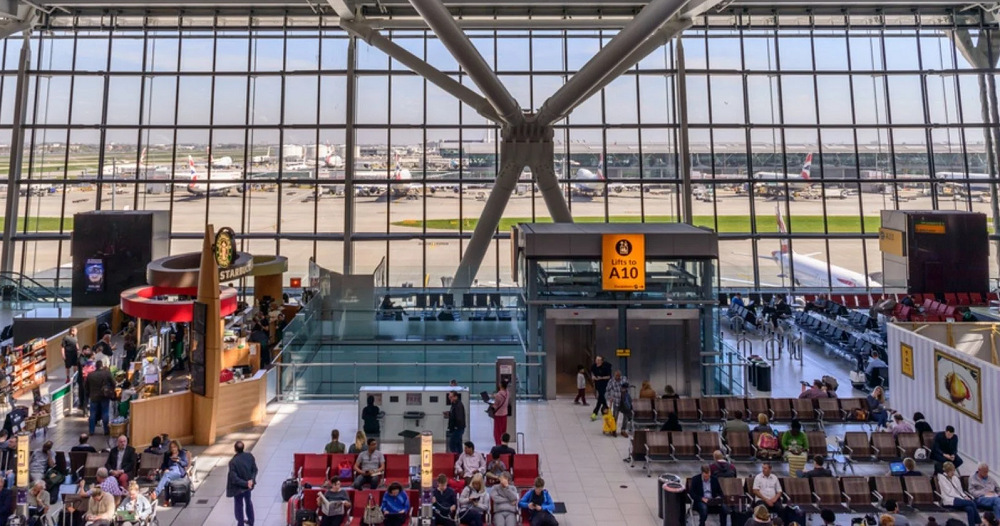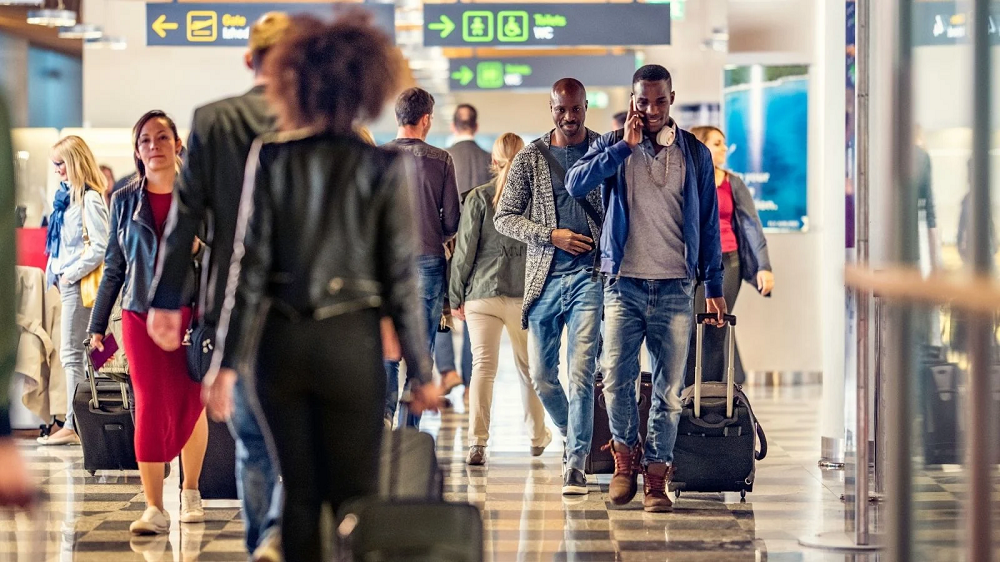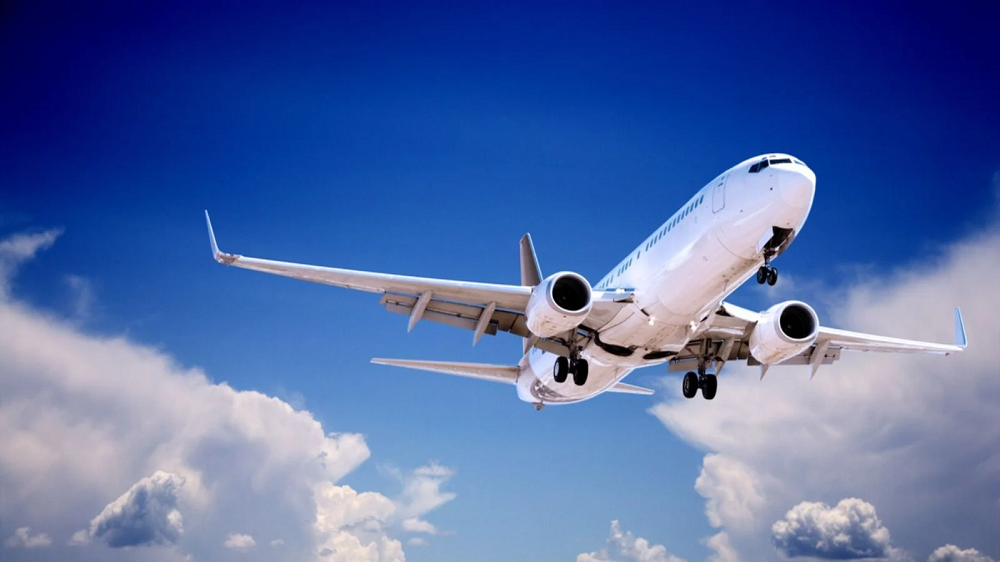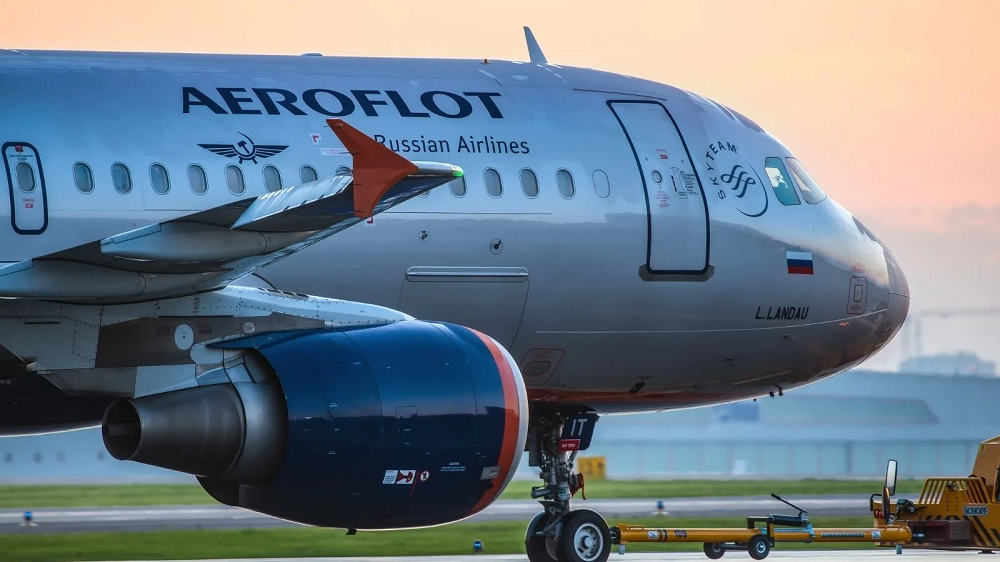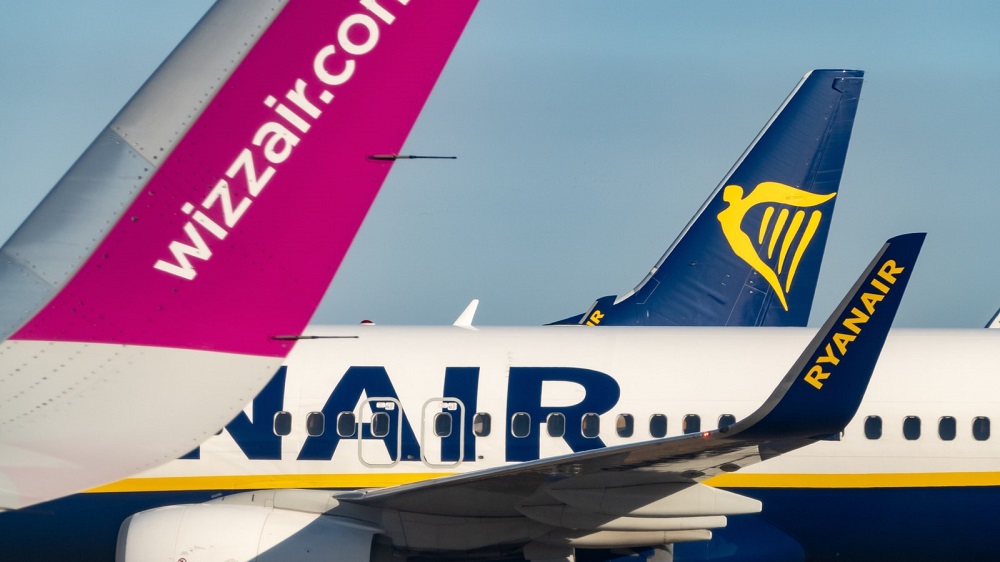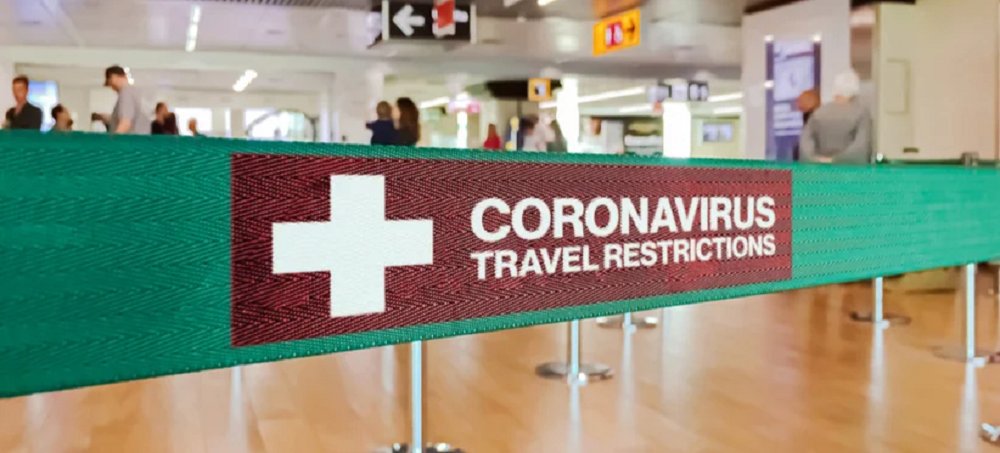As temperatures continue to soar in Europe, airline capacity has followed reaching 98.5 million seats this week, the 100 million mark remains tantalisingly just out of reach as China adds back further capacity. Against that backdrop there is the IATA AGM taking place in Doha and the IATA Slot Conference in Seattle; it’s a busy week for the industry with current optimism mixed with growing concerns around the last half of the year as economic headwinds once again impact the aviation industry.
The past two weeks have seen a surge in cancelled flights at European airports, culminating in highly visible cancellations at the weekend (4-5 June). The UK saw 4% of flights cancelled on Saturday 4th June, while the Netherlands saw cancellations rise to 11% on the same day. Cancellations also rose from French and Spanish airports over last weekend, although this may simply have been the repercussions of cancellations elsewhere.
Global airline capacity bounces back this week with airlines scheduling 95.2m seats. Having seen airline capacity reach above 90m seats last week, which felt like a positive step forward, this week’s total capacity represents a definite leap. Only one country market can have such an impact in just one week and that is China, where the re-opening of Shanghai from 1 June has triggered a big increase in capacity, with totals for North East Asia increasing week on week by a quarter or 3.4m seats.
It has been a disappointing week for global airline capacity as total seats once again falls back below ninety million with China reporting a further 25% reduction in capacity week on week. At 8.6 million seats, China is at one of its lowest capacity points since January 2020 and in the short term any significant improvement is unlikely given current lockdowns. Notwithstanding the issues in China, global capacity looks to be holding steady. Through to the end of August a further 12 million seats have been dropped by airlines around the globe of which 7 million are over the next ten days and of the 7 million virtually all are in China.
Total scheduled airline seats this week remains above the 90 million mark, a few regions have reported slight reductions in capacity leading to a total seat reduction this week of 190,000. Indications are that we should stay at this sort of level for the next few weeks by which time, with a bit of luck, China will once again be easing the latest lockdown. As always there are a few nuggets of change in the week’s data, and we are also going to look at the top twenty international airports this week compared to this time in 2019 with some notable absences, although not quite as many as in the Everton defence this weekend!
Observing, as we do at OAG, the changes in global airline capacity week by week to understand trends and patterns in air service provision, one of the most striking features over the past year has been the speed at which Chinese airlines can both remove and add capacity over a short space of time. The extent to which they do this, and the sheer size of the Chinese aviation market, has meant that what happens in China makes a difference at a global level when we look at overall air travel trends.
It was never going to be a straightforward recovery from the global pandemic for the airline industry, too many years of experience and previous events can confirm that there will be bumps on the road to a full recovery. The last week has been challenging in Europe with staff shortages across many airlines and airports while in China the zero-Covid strategy continues to have millions of people locked in at home. Despite those challenges, this week’s airline capacity continues to creep up with another 1.5 million seats added, a modest 1.5% increase week-on-week but edging ever higher.
Tracking airline capacity has, for a long time, been the best measure of what has happened through the Covid-19 pandemic, but nothing beats looking at the forward booking data. In this piece of analysis, we have compared both forward bookings and airline capacity as reported in the first days of March in 2021 and 2022 to gauge how strong the travel recovery is shaping up. The results are startling!
The first week of the season is like a typical April day, a bit of sunshine, some cloud and some ugly showers! On the positive side of the equation global airline capacity has increased back to 83.4 million, an increase of 2.6 million or 3% week-on-week. This growth had the potential to be even higher, but airline capacity in China fell by 10% (just over a million more seats) as further lockdowns impacted available airline capacity. The cloudy side of this week’s flight data is buried in the forward-looking airline capacity for the next three months in which 28 million seats have been removed through to June with over 12 million in April alone.
Two years ago, global airline capacity fell off a cliff; 21 million seats were cut in the space of seven days representing a 24% reduction, the Covid-19 pandemic was gathering pace and markets around the world were closing rapidly. Today, global capacity has settled at 82 million seats a week, an aviation recovery of sorts but still 22% below the same week in 2020 - although for the optimistic amongst you that is a 39% increase on this time last year. It seems that things are heading in the right direction, but as we expected the journey to recovery will not be without some bumps along the way and perhaps from events that we had not anticipated.
The last week’s events in Europe have been deeply concerning for an industry still struggling to recover from the Covid-19 pandemic and we will continue to monitor the situation closely. Global capacity this week is slightly up on last week as we predicted at 82.1 million, another 1% growth on the previous seven-day period as we march into March. That weekly figure does however include some 103,000 seats from the Ukraine that airlines have yet to remove from the distribution systems or continue to show as planned but, are closed for sale to all but the very brave hearted.
The escalation of events in the Ukraine are a tragic development at all levels for people around the world and the responses have been quick from Governments. Inevitably aviation takes another hit and one country’s actions are normally followed by a swift response from the other, as we have seen today. Yesterday the United Kingdom banned Aeroflot from operating but did not stop Aeroflot’s ability to overfly UK skies. This morning, Russia not only banned UK domiciled carriers from operating, but banned them from overflight access.
The last two years have challenged the airline industry in so many different ways - incredible network planning, financial engineering and then re-engineering, and of course considerable disruption to thousands of careers and businesses. The professionalism of the industry has never been in doubt but last Friday’s events in Europe where aircraft were landing into some of the strongest winds recorded were incredible; to those that were handling the aircraft well done, to those sitting further back, phew! In so many ways those images that travelled around the globe reflect the skill and robustness of an industry that has been stressed and tested.
One of the lessons from the global pandemic was never to miss an opportunity in adversity as many suppliers around the world will tell you! The airline industry as we all know suffered more than most as borders were closed, travel restrictions applied and consumer confidence evaporated in the face of rapidly increasing infection rates in nearly every country.
The many re-formulations of travel restrictions that have been imposed by governments on international travel these past two years have had a huge impact on the entire travel sector. We know that frequent changes to travel rules affect traveller confidence. If you can’t be sure of the travel requirements for a trip, think they might change, or are concerned about the cost of adhering to the rules imposed, then many would-be travellers will simply wait a bit longer before booking.
Every week for the last two years we have been providing a weekly update on the impact of Covid-19 on scheduled airline capacity around the world. Throughout that time, providing the air travel ecosystem with essential data has had many ups and downs, twists and turns. This week is no exception as airlines remain spooked by the latest wave of Covid-19 and have once again been cutting capacity with another 18 million seats removed from sale through to the end of March, resulting in over 51 million seats being 'lost' from the first quarter of this year.
Airline capacity continues to fall as Omicron spreads with 33 million seats now dropped in two weeks to the end of March. The great thing about data is not just the actual numbers but the trends and patterns that emerge; unfortunately, those trends this weekend are probably what we anticipated. England provided their customary two batting collapses inside four days to be “whitewashed” in Australia and global aviation capacity fell again week-on-week.
Global airline capacity has fallen this week as the impact of travel restrictions begins to be felt across the European market with 3.4 million fewer seats in Western Europe and 720,000 fewer in Eastern Europe. Ryanair did warn us all that this was going to happen, and it has - a 24% reduction in Western Europe and 20% in Eastern Europe. It’s slightly ironic that last week the UK Minister of Transport eased travel testing requirements around the Omicron variant just as capacity was cut, finger on the pulse and UK Government decisions have never been aligned during the pandemic, have they?
The devil really is in the data this week, or to be more precise it is behind the data, but let’s start by looking at how 2021 finished. Global airline capacity ended at 5.7 billion seats compared to the 8.7 billion reported in 2019, so 35% below pre-Covid levels, and of course, demand is much lower for those 5.7 billion seats. Positively, the second half of 2021 saw a stronger recovery than the first half, and global domestic capacity was at 80% of 2019 levels thanks to markets such as China, the United States and Russia.
Seats are not the same as passengers and just because aircraft fly, doesn’t mean they are full. Whilst scheduled capacity gives a current and future view of what is happening – it doesn’t tell you what has happened and how busy those planes actually were. Passenger booking data (how many travelled) and load factors (expressed as a percentage of the seats which had passengers sat in them) do that and provide a benchmark, a view that can be used for future trends and forward-looking indicators across many sectors.







